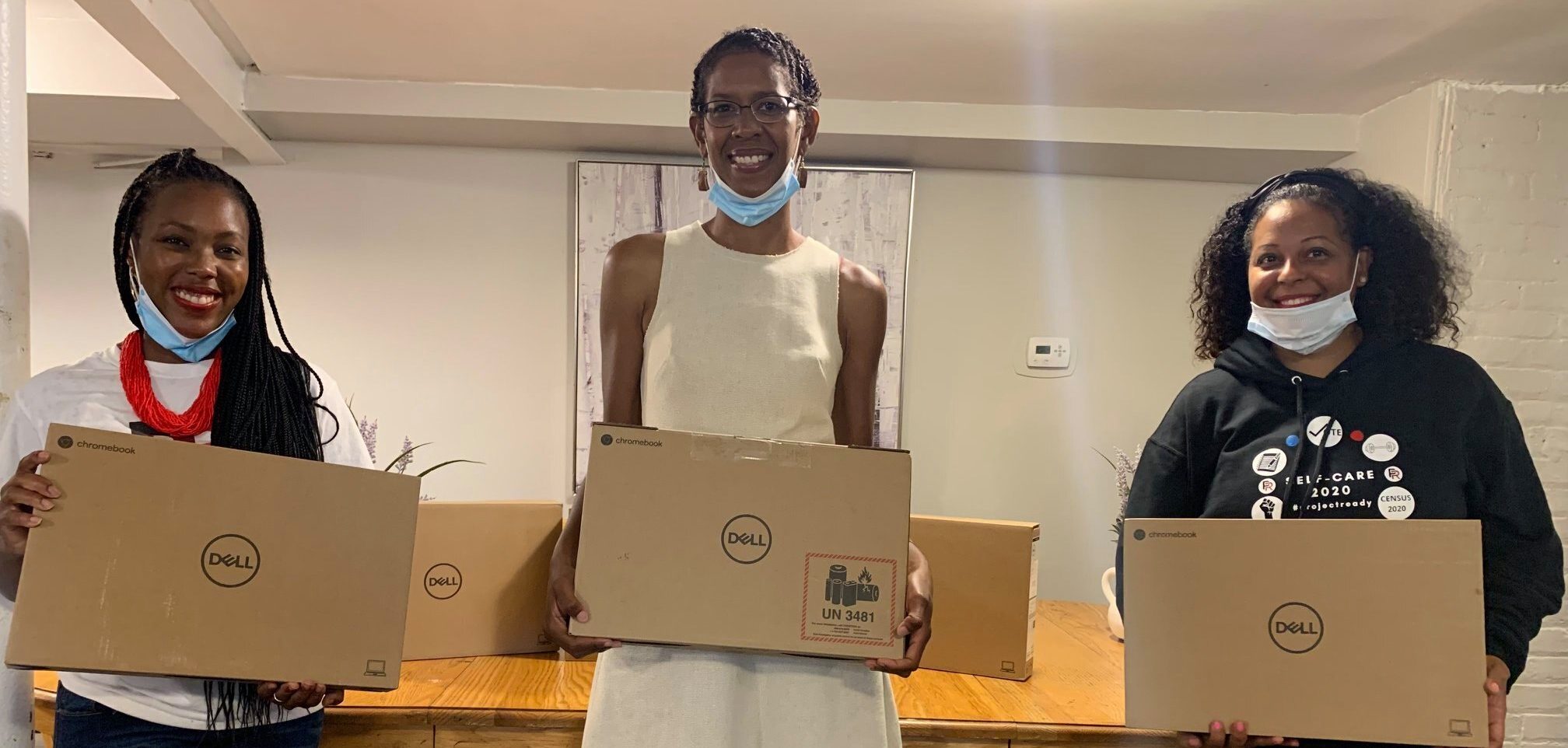Turnout Scores Are Not Destiny
In P.A.C.E.’s recent meta-analysis, we shared that through many years of work on voter participation campaigns with local partners, we have refined a strategy to increase voter turnout. Our voter participation campaigns have resulted in nearly 10,000 more voters, who were not expected to turn out, voting in local elections for offices like School Board, City Council, or even Mayor.
Modern campaigns use turnout scores to assign every registered voter a numerical value based on their probability of voting. If you vote in every election, you’re a 100. If you’ve never voted, you’re a zero. Most of us fall somewhere in between, but as a general rule, older voters and white voters have higher turnout scores because the models predict they are more likely to vote.
Higher propensity voters are more likely to be targeted by campaigns and pollsters. These voters’ opinions shape the issues candidates talk about and how they talk about them. There’s certainly a logic to this – but it’s a logic that creates a self-fulfilling prophecy about who votes in elections. In this way, a small subset of voters continue to dominate local elections – elections that often have a profound impact on what and how our kids learn.
In our work in elections where we deployed a full suite of voter engagement tactics, working predominantly with voters of color and voters under 60, the turnout among voters we’ve engaged has been significantly higher than predicted by their turnout score. We’ve achieved this by sticking to a few core principles:
Prioritizing relationships and messengers. We work with organizations with strong, trusted relationships with their communities, so voters are more likely to engage with our message. We have more coming soon, so look out for our next blog post by one of our founding partners, Sean Andersen, about the mechanics and value of relationship management.
Establishing multiple points of contact and communicating year-round. There is no magic bullet when it comes to turnout tactics. Mail, digital, phones, texts, and canvassing each provide opportunities to communicate that a voter’s voice matters and you care about their voice. And this contact shouldn’t end on election day – you should be communicating with your community year-round to connect the impact of their vote with what’s happening on the ground.
Listening. Whether it is a community organizer in a one-on-one, a volunteer making phone calls, or a school sending out a family survey, don’t just tell people their voice matters. Instead, show them it matters: by listening. This type of authentic engagement goes a long way toward building trust.
Using the most accurate data. It’s critical that you use a data partner and accurate voter file to target your outreach toward those voters who need to be engaged. In our work, we’ve built a strong partnership with the team at Murmuration, and use their platform to build voter universes.
In saying turnout scores are not destiny, we are saying that demographics are not destiny. With a model that looks at history to predict future performance, existing inequalities or imbalances can quickly become systemic as they self-perpetuate over time. We each have a responsibility to break the cycle of inequity in our campaigns and voting process. The next time someone tells you it’s not worth engaging a group of voters, don’t be afraid to push back.
By Jason Provost



